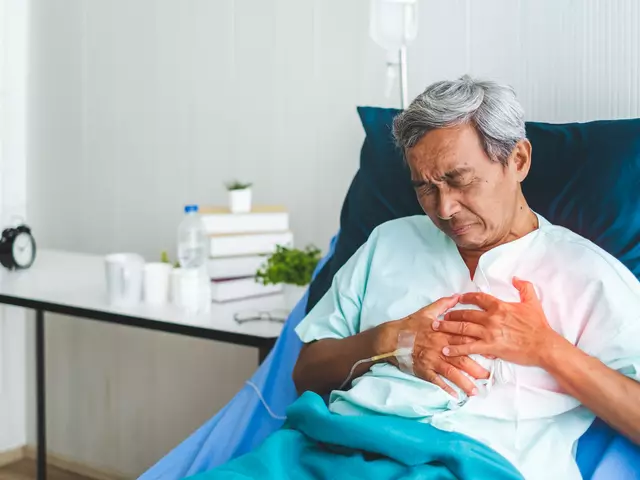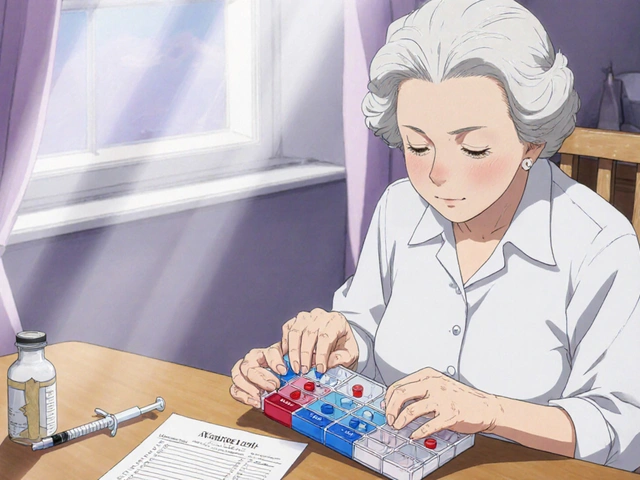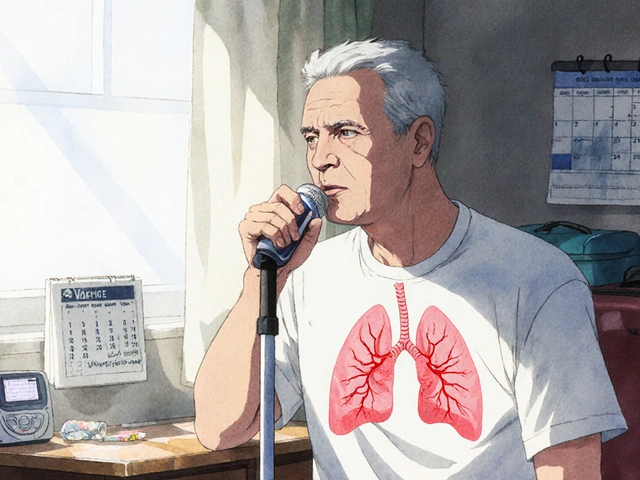Fungal Skin Discoloration: What It Is and How to Fix It
If you’ve noticed patches on your arms, chest or back that look lighter or darker than the rest of your skin, a fungus could be behind it. This condition, often called tinea versicolor, isn’t dangerous but can be annoying and affect how you feel about your skin.
Why Your Skin Changes Color
The culprit is a tiny yeast that lives on everyone’s skin. When conditions are right—hot weather, sweating, oily skin—the yeast multiplies and releases pigments that mess with the melanin in your skin. That’s why you see pink‑ish, brown, or white spots that may be more noticeable after you’ve been in the sun.
Typical triggers include: staying in humid climates, using heavy moisturizers that trap moisture, taking antibiotics that change skin flora, and having a weakened immune system. If you’re an athlete or work outdoors, you might see these spots more often.
How to Spot It Fast
Fungal discoloration usually shows up as flat patches about the size of a coin. They can be dry or slightly scaly, and they often get clearer after sun exposure because the surrounding skin tans while the spots stay the same color.
A quick home test is to rub a glass slide on the patch, then hold it to a light source. If you see tiny spores (looks like “spaghetti”), that’s a hint the fungus is there. But the easiest way is to book an appointment—doctors can confirm with a Wood’s lamp or skin scraping.Getting a diagnosis early helps you choose the right treatment before the spots spread.
Effective Treatment Options
Over‑the‑counter antifungal shampoos (like selenium sulfide) work well when applied to the affected area and left on for 10 minutes before rinsing. Use them daily for a week, then twice weekly to keep the fungus in check.
If OTC products don’t clear things up, prescription creams such as clotrimazole or terbinafine can be stronger. In stubborn cases, doctors may prescribe oral antifungal pills like fluconazole for a short course (usually one dose per week for two weeks).
Remember to follow the full treatment schedule—even if spots fade early—so the fungus doesn’t bounce back.
Home Remedies & Prevention Tips
A few simple habits can speed up recovery and stop new patches from forming. Keep your skin dry: shower right after sweating, use talc‑free powder on groin or underarms, and wear breathable fabrics.
Try a 1% tea tree oil solution applied twice daily; its natural antifungal properties help many people. Apple cider vinegar diluted with water (one part vinegar to three parts water) can also lower skin pH, making it harder for yeast to grow.
Limit oily skincare products and avoid heavy lotions in hot weather. When you’re outdoors, use sunscreen on the unaffected skin—this won’t treat the spots but will prevent new contrast that makes them look worse.
When to See a Doctor
If patches keep spreading, become itchy or painful, or don’t improve after two weeks of OTC treatment, it’s time for a professional check. Some skin conditions mimic fungal discoloration (like psoriasis), and a doctor can rule those out.
Also, if you have diabetes, are pregnant, or take immunosuppressants, get medical advice sooner because the fungus can behave differently in these situations.
With the right mix of treatment, good hygiene, and a bit of patience, most people see clear skin within a month. Keep an eye on any changes, stay dry, and you’ll keep those fungal spots from stealing your confidence.

Probiotics for Fungal Skin Discoloration: Prevention and Treatment Guide
- Date: 27 Aug 2025
- Categories:
- Author: David Griffiths
Can probiotics help with fungal skin discoloration like tinea versicolor? Clear, evidence-based advice on what works, what doesn’t, and how to use them safely.




